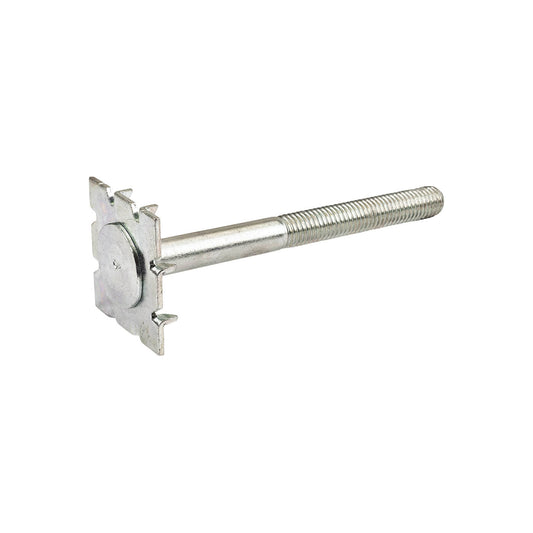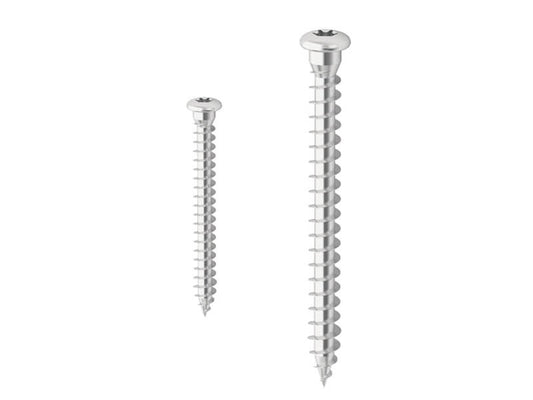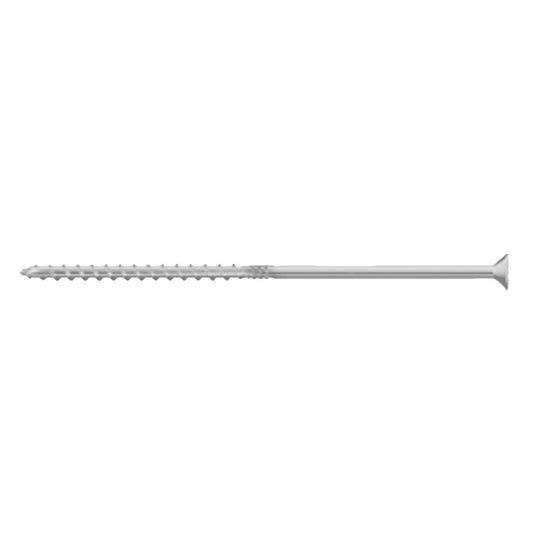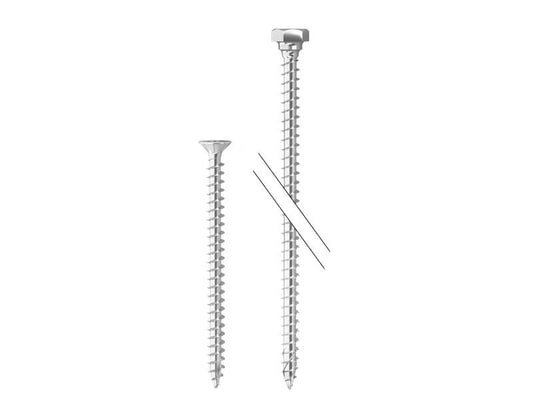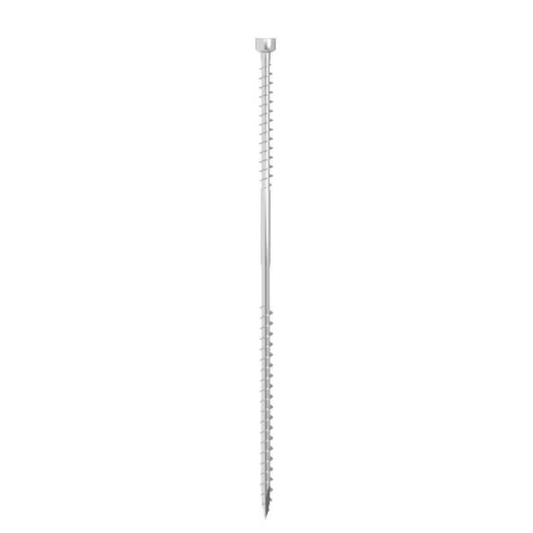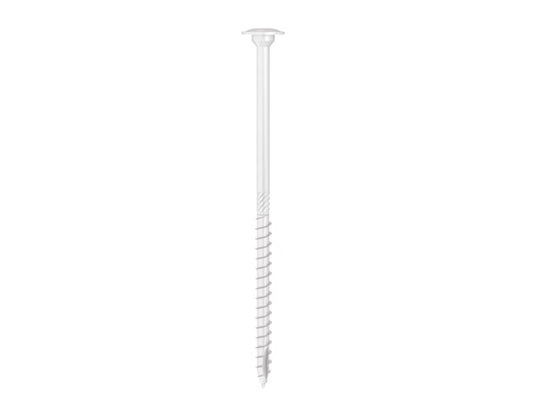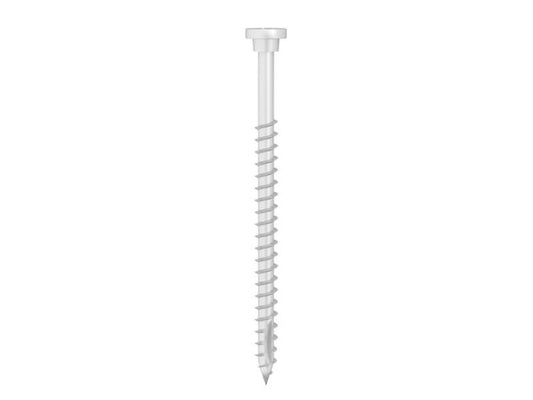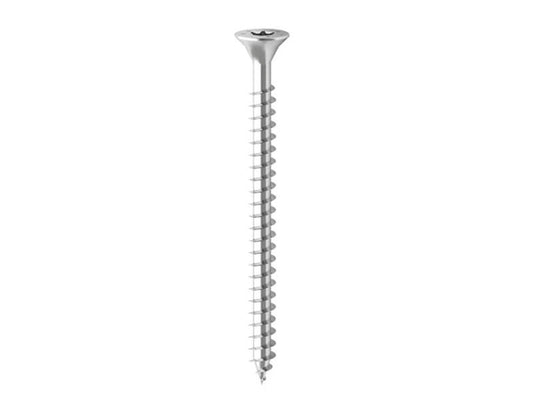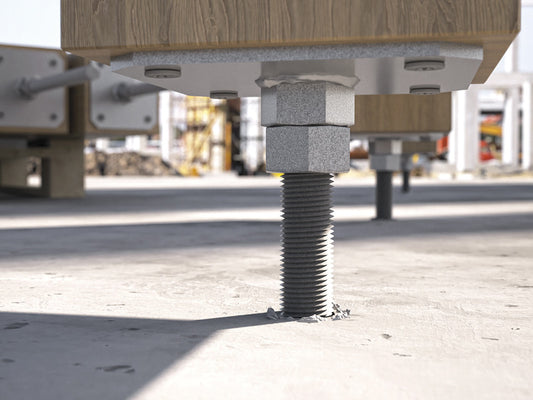
Specialist Screws
High-quality screws for timber, concrete, and construction projects
Screws are a fundamental fastening solution in construction, woodworking, and general repairs. From concrete screws for masonry work to pan head screws for metal fixings, choosing the right screw ensures strong, durable, and reliable fastening. Whether you're using a double thread screw for extra grip or a countersunk head screw for a flush finish, understanding their applications and installation techniques is key to achieving secure, professional results.
From countersunk to double thread and anchor screws, our range is designed for strength, durability, and a secure hold. Whether for timber, masonry, or metal, find the right screws for your project here. Explore our high-quality screws today.
-
Joyner Bolts
Regular price From £1.80 GBPRegular priceUnit price / per -
LBS/SBL Screw for 90 Degree Fastening
Regular price From £16.56 GBPRegular priceUnit price / per -
SNK/HBS Countersunk Head Screw
Regular price From £5.82 GBPRegular priceUnit price / per -
VGS Fully Threaded Screw with Countersunk or Hexagonal Head
Regular price From £23.16 GBPRegular priceUnit price / per -
DGZ Double Thread Screw for Insulation (Box of 50)
Regular price From £65.15 GBPRegular priceUnit price / per -
TBS Evo Flange Head Screw
Regular price From £16.40 GBPRegular priceUnit price / per -
HBS/KGL Plate Evo Pan-head Screw
Regular price From £21.15 GBPRegular priceUnit price / per -
HTS Fully Threaded Countersunk Screws
Regular price From £3.72 GBPRegular priceUnit price / per -
SKR CE Screw Anchor for Concrete CE1 (Box of 25)
Regular price £51.43 GBPRegular priceUnit price / per -
HBS Plate - Pan Head Screw For Plates
Regular price £47.62 GBPRegular priceUnit price / per -
SKS CE Screw Anchor for Concrete CE1
Regular price From £68.40 GBPRegular priceUnit price / per -
VGZ Full Threaded Screw with Cylindrical Head
Regular price £42.67 GBPRegular priceUnit price / per
How to use concrete screws?
Concrete screws are specially designed for securing materials into masonry, brick, and concrete surfaces. They provide strong holding power without requiring expansion anchors, making them a quick and reliable solution for heavy-duty applications.
Step-by-step guide to using concrete screws:
Choose the right screw
- Select a hardened concrete screw with the appropriate length and diameter for the application.
- Consider countersunk head screws for a flush finish or pan head screws for better surface grip.
Drill a pilot hole
- Use a hammer drill with a masonry bit to drill a hole slightly smaller than the screw diameter.
- Ensure the hole is deep enough to accommodate the full screw length.
Clean the hole
- Remove dust and debris using compressed air or a brush to ensure a tight fit.
Insert and drive the screw
- Position the concrete screw and drive it into place using a power drill or impact driver.
- Avoid over-tightening, which may strip the screw or crack the concrete.
What are pan head screws used for?
Pan head screws are characterised by their wide, flat heads with slightly rounded tops, providing a larger surface area for holding materials together.
Common applications of pan head screws:
- Metal-to-metal and metal-to-wood fastening – Often used in sheet metal, brackets, and hardware fixings.
- Electrical installations – Preferred in junction boxes and electrical panel fittings for their secure grip.
- Plastic and thin material fastening – Ideal for attaching materials without causing damage or over-tightening.
Pan head screws are commonly used where a flush finish is not required and extra holding power is needed.
What is a double threaded screw?
A double thread screw features two interwoven threads that run along the screw shaft, increasing grip and fastening speed.
Advantages of double threaded screws:
- Faster driving – The dual-thread design allows for quicker insertion and secure holding.
- Enhanced pull-out resistance – Ideal for timber, MDF, and drywall applications, where extra grip is needed.
- Reduced splitting – Distributes force more evenly, reducing the risk of wood splitting or cracking.
Double thread screws are commonly used in joinery, furniture assembly, and decking projects where a strong and reliable hold is required.
What is a countersunk head screw used for?
Countersunk head screws are designed to sit flush with the surface, creating a smooth, professional finish.
Key applications of countersunk head screws:
- Woodworking and joinery – Used in furniture making, cabinetry, and flooring where a smooth surface is essential.
- Drywall and plasterboard fixings – Ensures secure fastening without protruding heads.
- Metal and composite materials – Often used in machine assembly and structural installations.
To install a countersunk head screw, a countersink bit can be used to create a recess, ensuring the screw sits flush with or below the surface.
How to remove a stripped screw?
A stripped screw occurs when the head becomes worn or damaged, making it difficult to remove using a standard screwdriver.
Methods for Removing a Stripped Screw:
Use a Rubber Band - Place a rubber band over the stripped screw head and press the screwdriver into it for extra grip.
Try a Larger Screwdriver or Bit - A slightly larger or wider bit may provide better grip to turn the screw.
Use Pliers - If part of the screw head is exposed, grip it with pliers and slowly twist it out.
Drill a Small Hole - Use a small drill bit to create a deeper slot in the screw head, allowing a flathead screwdriver to turn it.
Use a Screw Extractor - A screw extractor tool is designed to grip stripped screw heads, making removal easier.
Proper screw selection and correct driving techniques help prevent stripping and ensure long-term fastening reliability.
From concrete screws for masonry applications to double thread screws for increased grip, selecting the right screw type is essential for strong, reliable fastening. Whether you need a countersunk head screw for a flush finish or a pan head screw for extra surface grip, understanding how to install and remove screws effectively helps ensure professional-quality results.
By choosing the correct screw type, installation method, and removal technique, you can achieve strong, secure, and durable fastening in construction, woodworking, and metal applications.
Timber build advice:
-

How to soundproof a timber house?
Find out how -
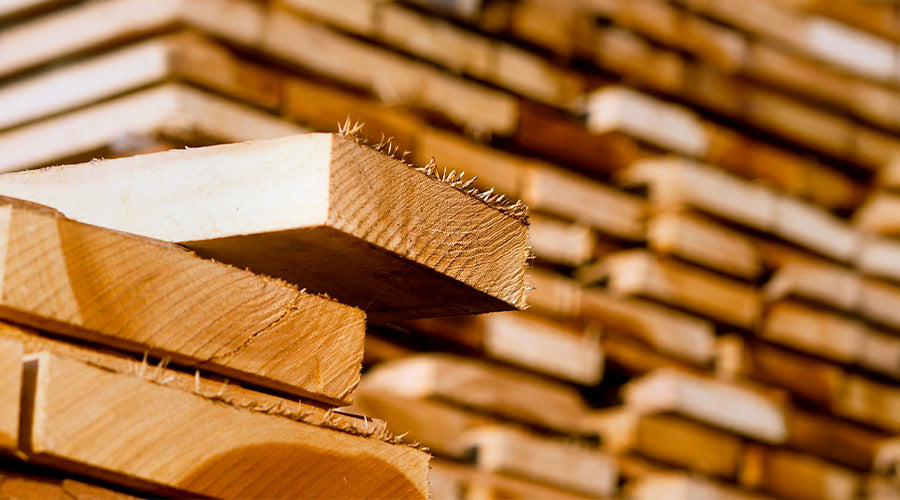
How to connect timber to…..?
Find out how -
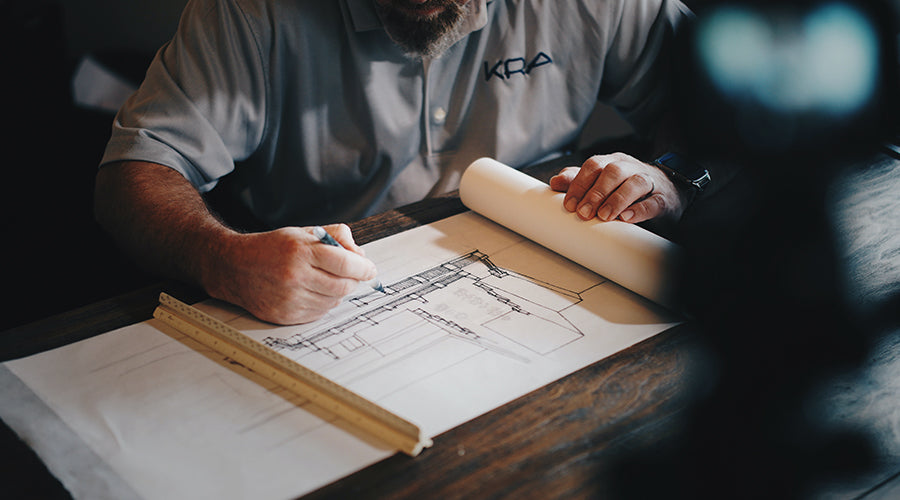
How to fix timber build noise issues?
Find out how
Need advice on your timber project?
Our team of experts are ready to assist you with any questions or guidance you may need for your timber construction. Whenever you're ready to delve deeper into the possibilities, feel free to reach out to us.

